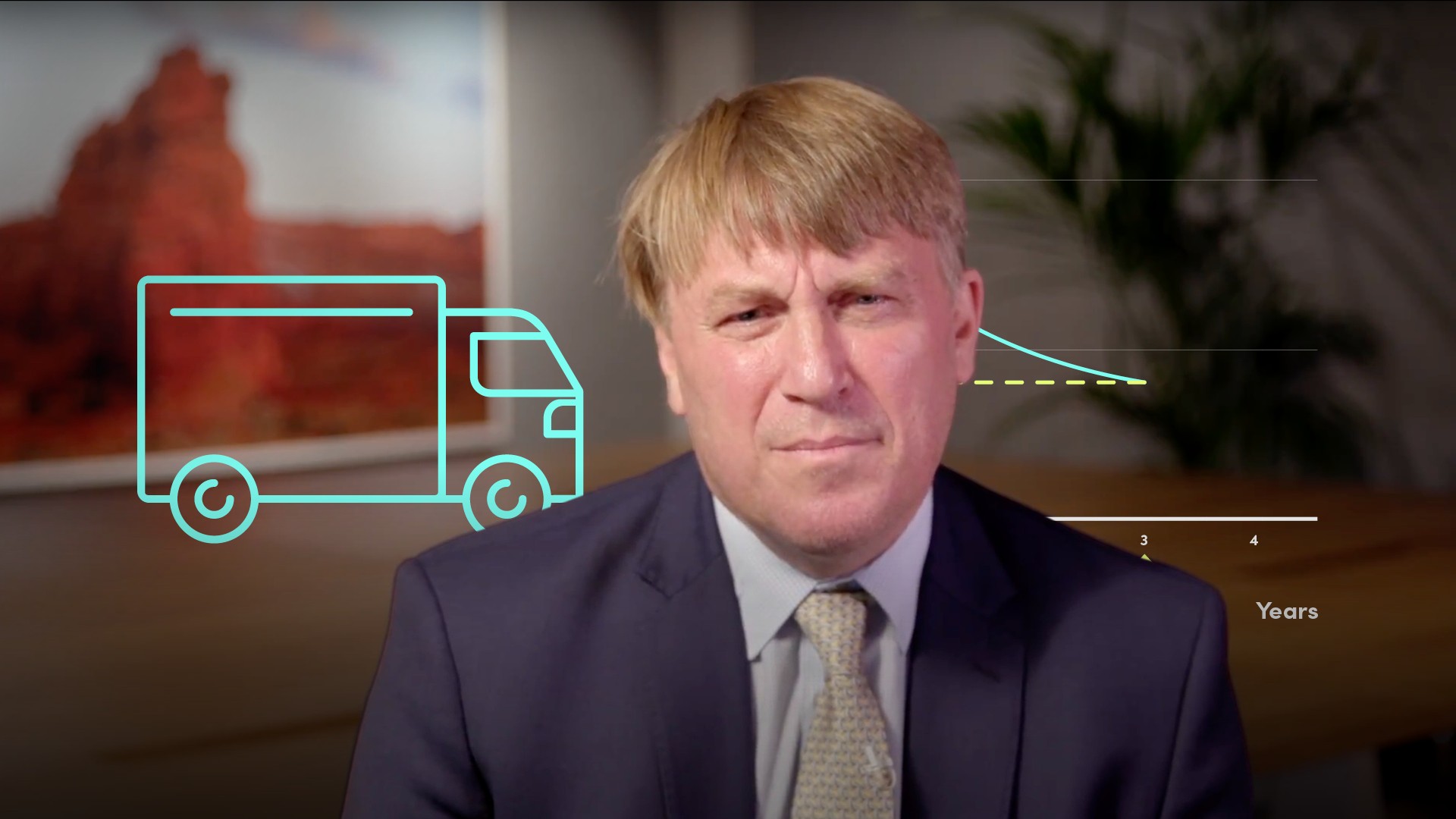
Credit Analysis Illustrated Using Financial Statements II

Nick Beeson
35 years: Credit & banking
In the final video of the series on credit analysis, the example from the previous videos carries over. Nick explains the working capital cycle and how its funding can cause problems.
In the final video of the series on credit analysis, the example from the previous videos carries over. Nick explains the working capital cycle and how its funding can cause problems.

Credit Analysis Illustrated Using Financial Statements II
11 mins 39 secs
Key learning objectives:
Discuss the impact on the accounts for days 77 and 78
Explain how the statements would change if tax or interest were paid
Identify what causes the debt, and discuss whether is it sustainable
Overview:
This analyses the impact on the company accounts if it were to increase its sales and trading frequency in the future, along with the problems from over-trading and the outstanding debt that comes with this.
What do the accounts look like on day 77?
- Stock = £50,000 as we buy and sell £50k of stock each day
- Debtors will be (75 x 65,000) = £4,875,000 – as we will have had 75 days of selling on 75-day terms.
- Creditors will be (60 x £50,000) = £3,000,000
- Assume fixed costs still = £20,000 (Van price)
- Equity = £750,000 (10k each day for 75 days)
Clearly the business is perfectly profitable.
What are the impacts on accounts if tax or interest is paid?
We have assumed these both = 0. However, in reality:
Interest charged will be a reduction from P&L. If it is paid, it will be a reduction in cash, if it is not, it will be an increase in accruals. If tax is charged, it is a deduction from P&L. If it is paid, it is a reduction in cash, if not, it is an increase in accruals.
What is causing the debt to grow?
The first 75 days of sales no one pays you – it is on the 75-day terms, and thus, these rapidly increasing debtors have to be funded.
The overdraft looks like this:
We started with £100k cash, spent £20k on the van which leaves £80k. We paid out £5k a day from day 73-77 in operating costs meaning we are £295k overdrawn + the 16 days of stock at £50k each (£800k) = a total of £1,095,000 in overdraft.
What will happen to the company accounts on day 78?
- The client will pay up and his payment will be matched by the customer on day 78 not paying, so Debtors increase for 75 days then they will stay steady.
- Stock remains unchanged at £50k
- Creditors is unchanged
- Profit = £10,000 per day
Are the assumptions drawn above correct?
No – we have ignored interest and tax both of which will reduce profits and eventually have to be paid in cash. Also, the casual assumption that the business will boringly have been able to replicate the trading pattern day in and day out is brave to say the least.

Nick Beeson
There are no available Videos from "Nick Beeson"

